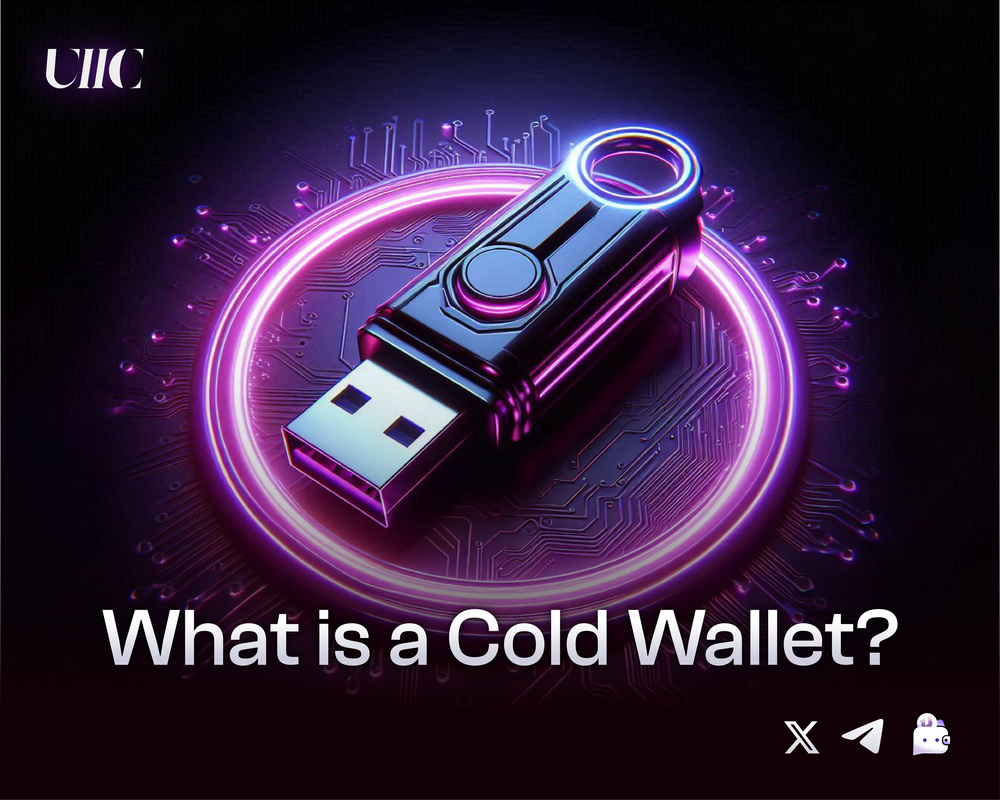Understanding Cold Wallets: Your Guide to Secure Crypto Storage
In crypto, fortunes rise and fall quickly — which makes security essential. Cold wallets serve as a digital Fort Knox, safeguarding your assets from hackers and cyber threats.
🧊 What Are Cold Wallets?
A cold wallet (aka cold storage) is an offline method of storing cryptocurrencies. Unlike hot wallets (which are internet-connected), cold wallets stay entirely disconnected — making them nearly immune to remote attacks.
🔥 Hot Wallet vs 🧊 Cold Wallet Analogy
- Hot wallet: Like your everyday wallet — quick access, but vulnerable.
- Cold wallet: Like a safe deposit box — ideal for long-term storage.
🧰 Types of Cold Wallets
1. Hardware Wallets
- Devices like Ledger and Trezor
- Offline USB-style devices that store private keys securely
- Buttons/screens allow transaction approval without internet
2. Paper Wallets
- Your public/private keys printed on paper
- Entirely offline but vulnerable to physical damage or loss
- Not ideal for frequent transactions
3. Offline Software Wallets
- Installed on a clean, offline-only device
- Stores keys in encrypted software with no online connection
✅ Benefits of Cold Wallets
🛡️ Superior Security
- No online access = virtually unhackable
- Immune to phishing, malware, or server breaches
🔐 Total Ownership
- You control the private keys
- No third-party risk from centralized providers
🧘 Peace of Mind
- Slows down impulsive decisions
- Ideal for long-term HODLing
🛠️ How to Use a Cold Wallet
🏗️ Setup
- Hardware wallet: Initialize and store recovery phrase securely
- Paper wallet: Generate keys offline (e.g., using bitaddress.org), print and store
- Offline software: Install wallet on an air-gapped computer
💸 Transfer Funds
- Use your hot wallet or exchange to send funds
- Input your cold wallet’s public address
🧠 Cold Wallet Best Practices
- Back up your recovery phrase: Use paper or metal; never store digitally
- Update firmware (hardware wallets): Always install security updates
- Secure the physical device: Avoid exposure to fire, water, or theft
- Beware phishing when online: Double-check addresses before every transaction
🧾 Conclusion
Cold wallets offer powerful protection for your digital wealth. Whether you're a long-term HODLer or just starting out, knowing how to properly secure your assets is critical.
Crypto tip: In a world where hacks are only a click away, cold storage is your best line of defense.
🧊 Stay cold. Stay safe.



